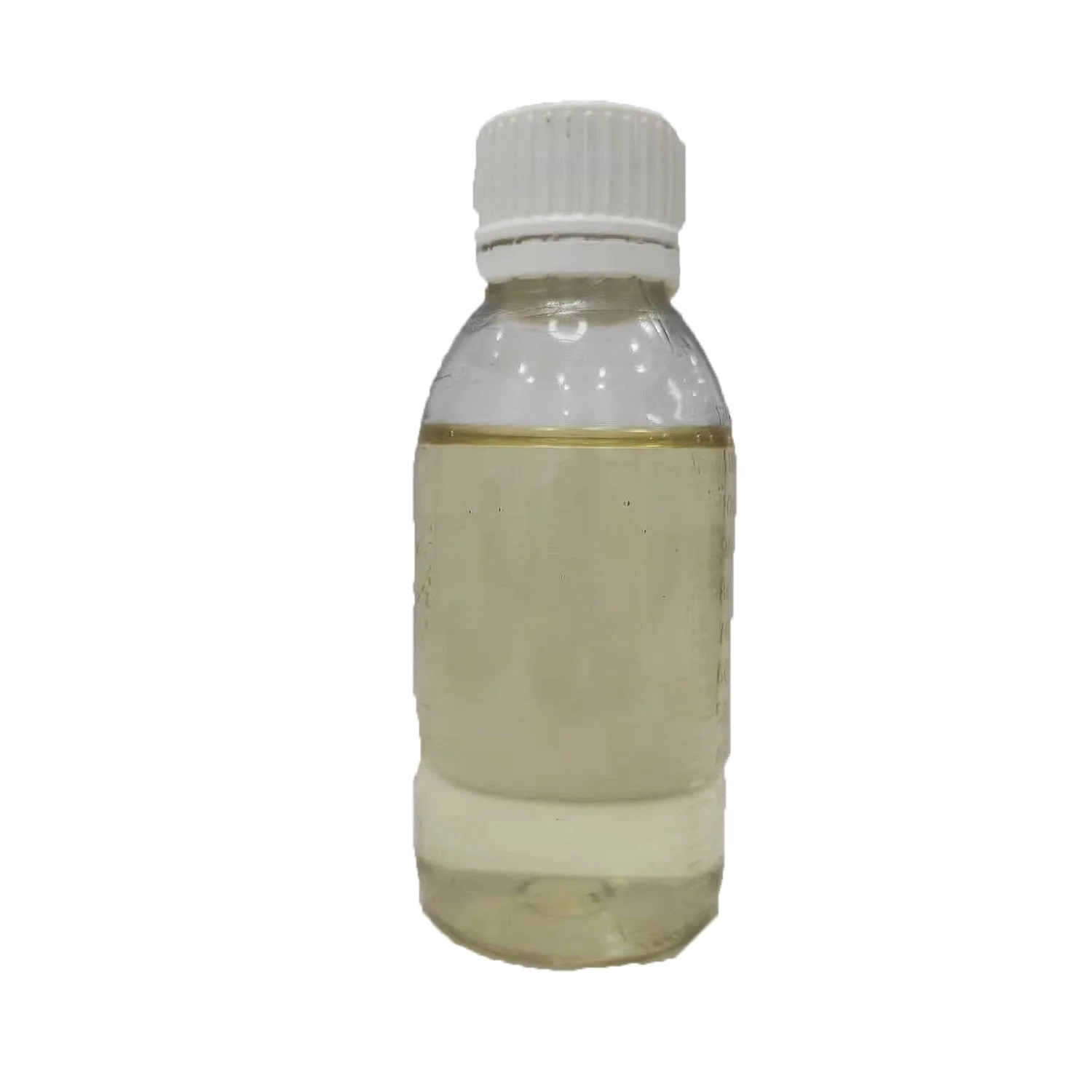Shale inhibitors play a vital role in the oil and gas drilling process, helping to prevent well wall collapse and ensuring smooth drilling operations. However, the storage and handling of shale inhibitors require strict safety procedures to prevent environmental contamination and personnel injury. This article will look in detail at the safety issues you need to be aware of when storing and handling shale inhibitors.
1. Understand the properties of shale inhibitors
Before discussing storage and handling, it is first necessary to understand the chemical properties of the shale inhibitor used, including its stability, corrosiveness, toxicity, and reactivity. This information can usually be found in the Material Safety Data Sheet (MSDS). Understanding these properties can help determine appropriate storage conditions and handling methods.
2. Storage safety requirements
Dedicated storage area: An area should be established specifically for the storage of chemicals and should be kept away from flammable materials, sources of ignition, and other incompatible materials.
Container Labeling: All containers containing shale inhibitors should be clearly labeled, including product name, hazard level, safety measures, and emergency contact information.
Anti-leak measures: The storage area should be equipped with anti-leak facilities, such as secondary cofferdams, to prevent chemicals from leaking into the surrounding environment.
Fire and explosion prevention: According to the properties of shale inhibitors, appropriate fire and explosion prevention measures should be taken, such as installing explosion-proof lamps and ventilation systems.
Temperature and Humidity Control: Certain shale inhibitors may require storage under specific temperature and humidity conditions to prevent changes in chemical properties or decomposition.
Regular Inspections: Regularly check the integrity of storage areas and tightness of containers, and repair any damage promptly.

3. Handle safety measures
Employee training: Ensure all operators receive safety training on shale inhibitor storage and handling and understand emergency response procedures.
Personal Protective Equipment: When handling shale inhibitors, workers should wear appropriate personal protective equipment such as chemical-resistant gloves, goggles, protective clothing, and respirators.
Emergency leakage treatment: Develop a leakage emergency plan, including immediately isolating the leakage area, using adsorbents or neutralizers to control leaked materials, and disposing of waste in accordance with environmental protection requirements.
Waste Disposal: Follow local regulations and guidelines to ensure proper handling and disposal of liquid and waste solids.
Equipment Maintenance: Regularly maintain and clean equipment used to store and transfer shale inhibitors to prevent breakdowns and cross-contamination.
Safety Documentation: Maintain complete safety records, including training records, incident reports, and inspection and maintenance logs.
4. Transportation safety
Although it does not directly involve storage and handling, the safe transportation of shale inhibitors is also an aspect that cannot be ignored. It should be ensured that the transport meets relevant safety standards and follows all applicable regulations during transport.
5. Compliance with laws and regulations
Compliance with all applicable local, national, and international regulations is a basic requirement for the storage and handling of shale inhibitors. This includes but is not limited to, occupational health and safety regulations, environmental protection regulations, and dangerous goods transport regulations.
The storage and handling of shale inhibitors is a process involving many safety considerations. The risks associated with shale inhibitors can be minimized by strictly adhering to safety procedures, regularly training employees, maintaining equipment, and complying with regulations. Ultimately, ensuring safe operations not only protects the environment and employee health but also contributes to the sustainable development of the oil and gas drilling industry.
mia
dbwhb@scdbw.com
